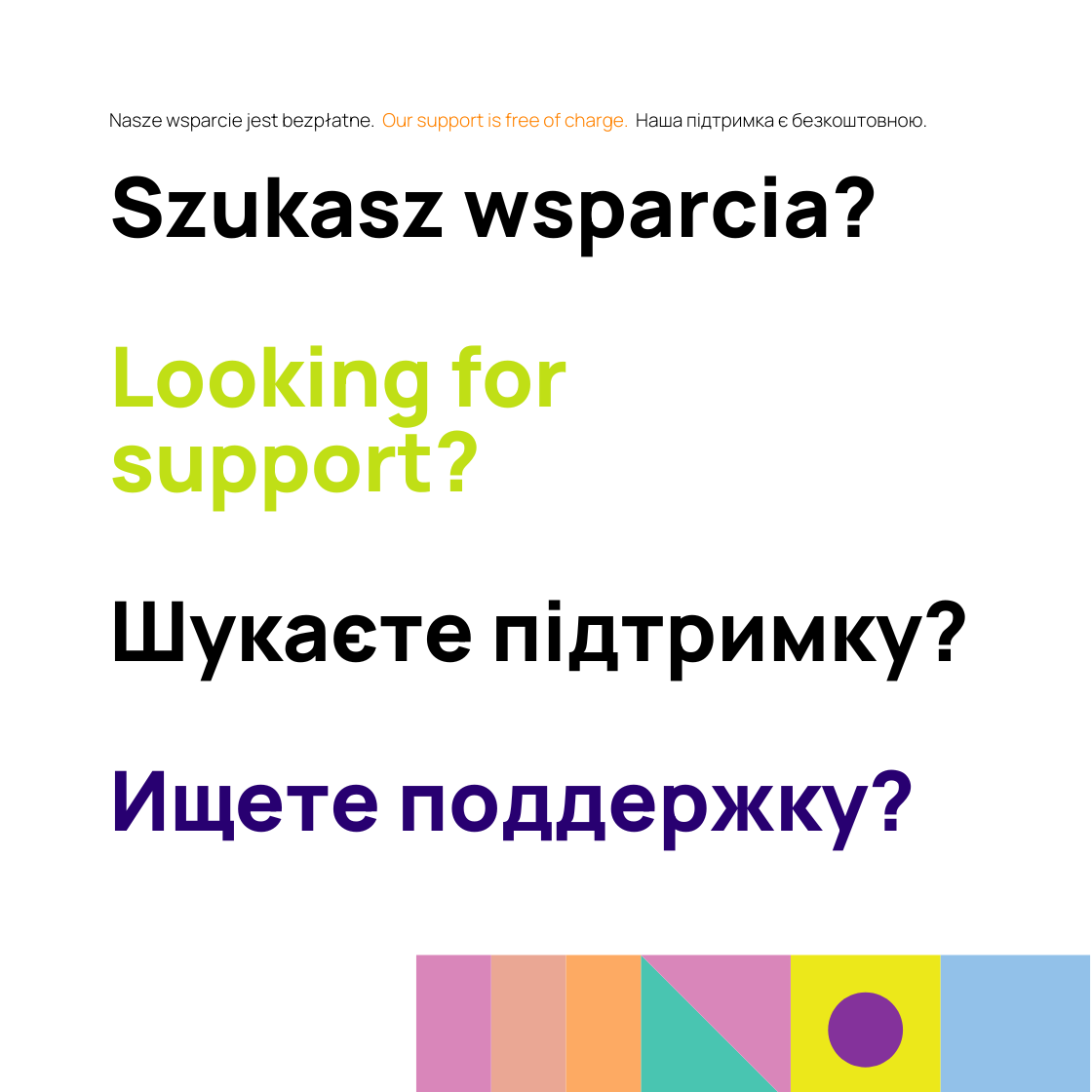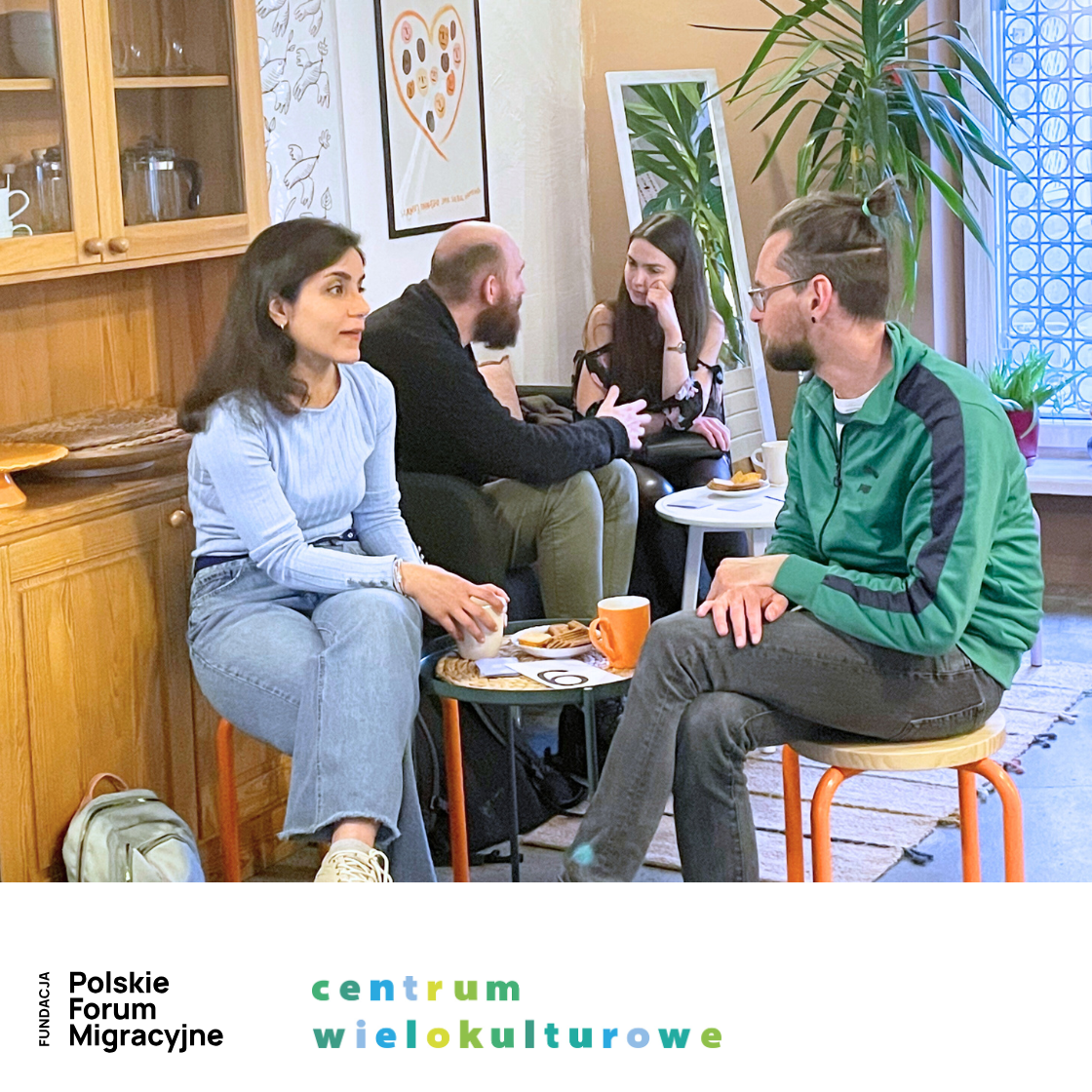Article taken from the publication „Model of intercultural education WISE and sample lesson plans".
The WISE model is a practical tool for intercultural education at school. We believe that only conscious efforts to create an intercultural environment can lead to dialogue between members of different cultural groups. Getting to know and learn from each other. The model is a proprietary tool developed by psychologists Marta Piegat-Kaczmarczyk and Zuzanna Rejmer over the course of many years of experience working within multicultural classes, i.e. those in which children with and without migrant experience and children from bi- or multicultural families learn together. This model has been used many times in practice in multicultural classes at all levels of education, including classes with strong internal conflicts.
Objectives of classes conducted using the WISE model
The name of the model – WISE – in other words “smart” in English, is an acronym for the key concepts in working with this model: W – interdependence, I – Integration, S – Success, E – Education.
INTERDEPENDENCE
Working according to the WISE model, we create situations where all the students rely on each other. They must cooperate and support one another in order to perform the task at hand. The goal that we wish to achieve is to provide them with the message that everyone is welcome and needed, and everyone has individual talents and skills, sometimes unique.
INTEGRATION
The term comes from the Latin word integrare – to merge. According to Wikipedia, “Social integration is the fusion and harmonization of elements of a social community, understood as the intensity and frequency of contacts between members of a given community and as acceptance within it of common systems of values, norms, and assessments” [1]. Striving to integrate students in a multicultural class is one of the basic challenges facing a person wanting to provide children and young people with a chance to get to know each other and for intercultural dialogue. Activities in classes conducted using the WISE model support the process of deep integration between students from different cultures, who speak different languages, both with and without migrant experience. The goal we strive for is to create among students the feeling that we are all one team, one class, made up of unique and interestingly diverse people.
SUCCESS
An important aspect of educational activities carried out in accordance with the WISE model is creating a situation of potential success for participants. This is especially important when working with children with a migration background, who, faced with difficulties and usually with a language barrier, rarely have the opportunity to celebrate successes in a Polish school. The goal is to strengthen the sense of self-worth and agency in children and young people, i.e. the belief that their talents, skills and knowledge can be used to achieve the set goals.
EDUCATION
Important to note, when delivering school educational activities using the WISE model, the teacher can simultaneously implement the core curriculum as well as goals for the integration and intercultural education of students. At the same time, an important assumption of educational activities carried out using the WISE model is making students aware of the importance of cooperation. Thanks to this and making use of the potential of various talents and skills of team members, they can efficiently carry out their tasks. By working together, they learn faster and more effectively.
Theoretical basis of the model
Abraham Maslow, in his motivation model, arranged people’s needs into the form of a pyramid, claiming that the next ones can be implemented only when those of a lower order have already been satisfied.
Maslow’s hierarchy of needs is very useful when working with children with migrant experience in Polish schools. Teachers very often complain about the poor motivation for learning among these students and the ineffectiveness of their own efforts. Teachers focus their attention on the cognitive needs of students, they want to help them acquire knowledge and skills, but many children, as it turns out during the initial diagnosis, are completely unprepared for this.
Most young migrants have serious deficits in satisfying lower-order needs:
- the need for safety: they do not feel safe in Poland and at school; they do not know how long they will stay here; their legal status is uncertain
- the need to belong: they do not feel welcome and accepted by their peers; their family relationships tend to be strained and difficult due to hard experiences related to migration
- the need for respect: they are not successful; they do not feel respected because of their cultural and linguistic differences.
The boosting of cognitive needs, or the motivation to learn, in such instances, is set for failure. Firstly, it is necessary to build a sense of security, belonging and respect in a student with migrant experience (especially forced migration). Conducting classes using the WISE model can help in this.
The second pillar for this method is described by Gordon Allport’s “Contact Hypothesis” [2].
In it, the author points out that interpersonal contact between different group members can break mutual stereotypes and prejudices. This contact should be voluntary and as frequent as possible. It is very important that the people coming together have the same status (position in the group) and that they work together to achieve a common goal. Other researchers of group processes additionally underline the importance of a friendly and informal atmosphere and compliance with social norms of tolerance and acceptance (after: Aronson, Elliot & Wilson, Timothy D. & Akert, Robin M., 1997).
The ways of organizing educational space indicated by Allport and his followers have been precisely reflected in the principles of the WISE model, discussed in detail in the next section. In the WISE education model, we also use instrumental conditioning discovered and described in behavioral psychology, which is a form of learning. In this case, behavior is learned through the experience of its consequence.
B.F. Skinner – one of the most famous psychologists who studied this learning mechanism – introduced the concepts of reinforcement and punishment. In our model, in order to strengthen the educational effect, we primarily use positive reinforcement, i.e. students are rewarded for demonstrating desired attitudes and behaviors.



